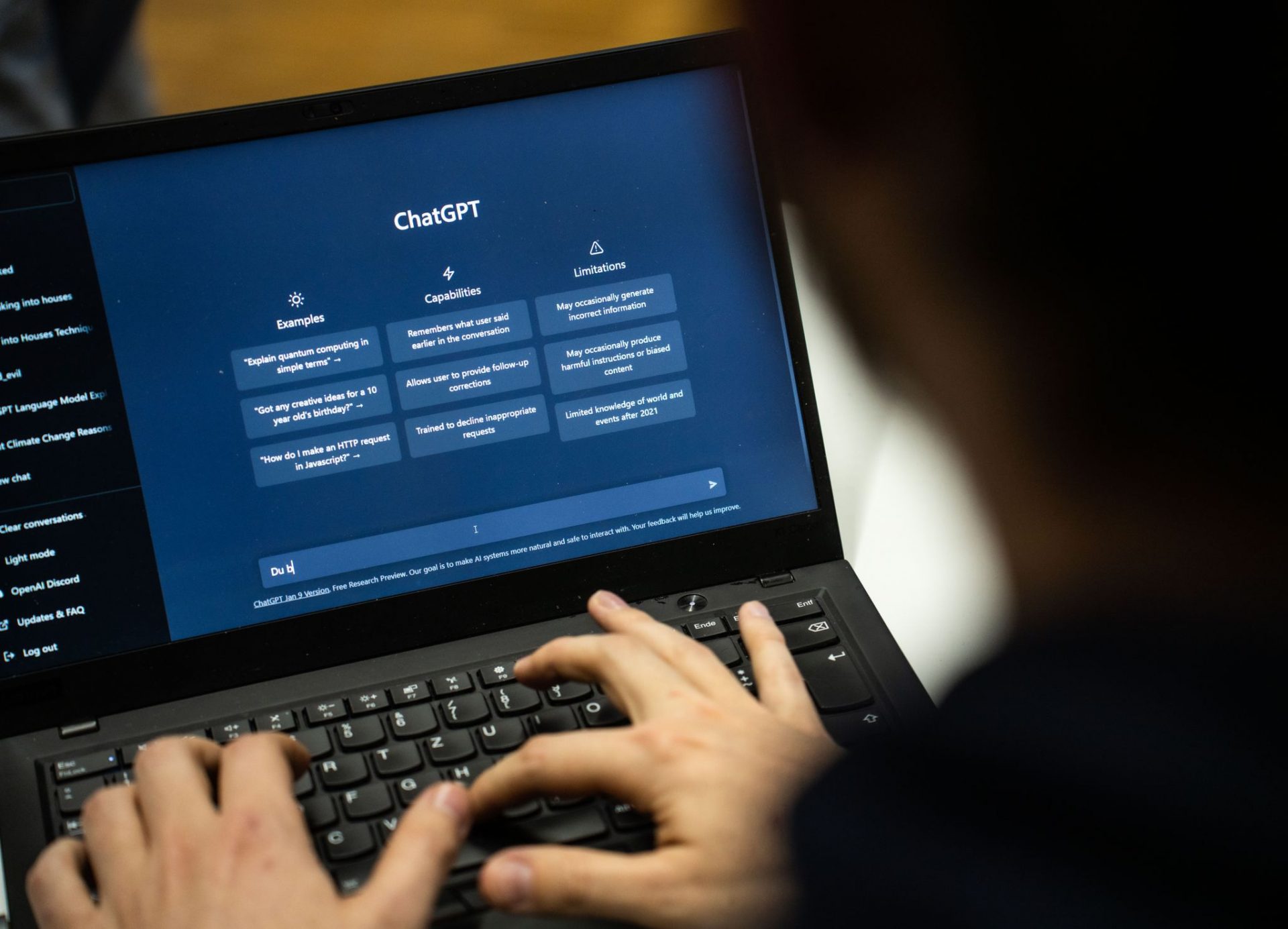How can journalists use tools powered by artificial intelligence (AI) in their daily work? What should they be careful about when doing so and what should they not use AI for? And how can they more easily recognise AI-generated content online, such as deepfakes, and debunk them?
These were some of the questions addressed in a workshop organised by the European Newsroom (enr). The workshop was facilitated by Stefan Voss, head of verification at the German Press Agency (dpa) and Patrick Neumann, head of dpa-academy and recruitment officer.
Artificial intelligence is a hot topic around the world, and its use – in both personal and professional settings – is growing. AI-powered tools such as OpenAI’s ChatGPT are developing rapidly.
In addition, the issue of fake news and false content is high on the political agenda – both in the European Union and beyond – with politicians and experts alike warning of the potential impact on society and consumers of online content.
Around 30 journalists and media professionals from agencies participating the enr attended the workshop, including from AFP (France), Agerpres (Romania), ANP (the Netherlands), ANSA (Italy), BTA (Bulgaria), dpa (Germany), EFE (Spain), FENA (Bosnia and Herzegovina), MIA (North Macedonia), STA (Slovenia), Tanjug (Serbia) and TT (Sweden).
Throughout the workshop, the facilitators and participants engaged in lively discussions on AI in journalism. Participants were given a hands-on introduction to use some AI-powered tools, such as ChatGPT, in their work as journalists. They were also shown several examples of AI-generated content and deepfakes, and taught how to spot and debunk them.
